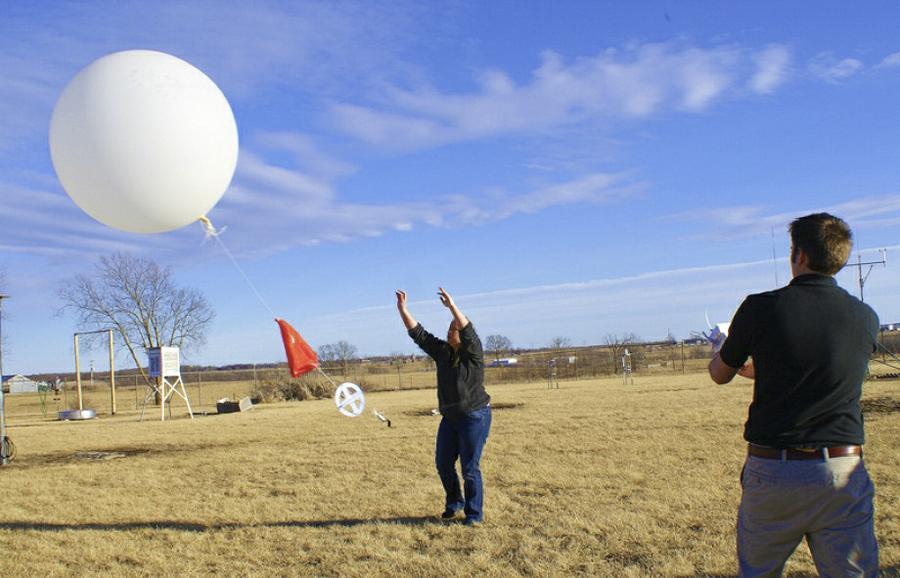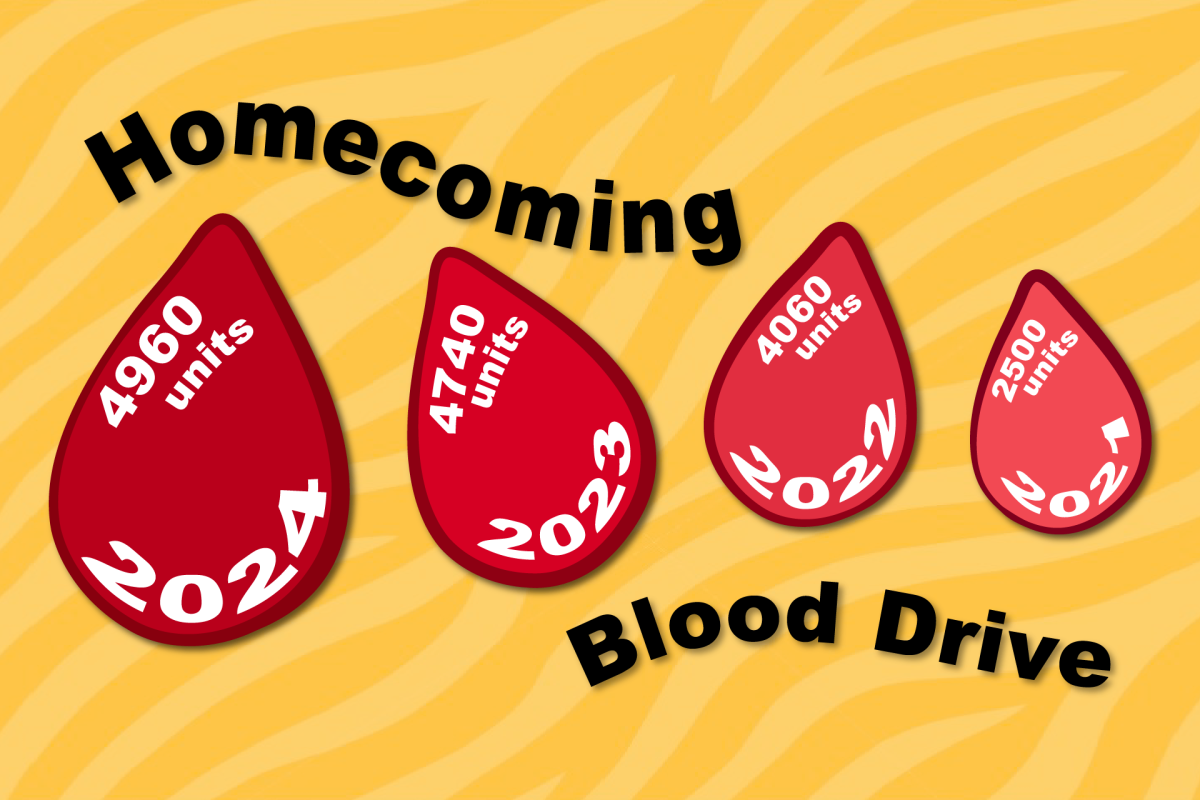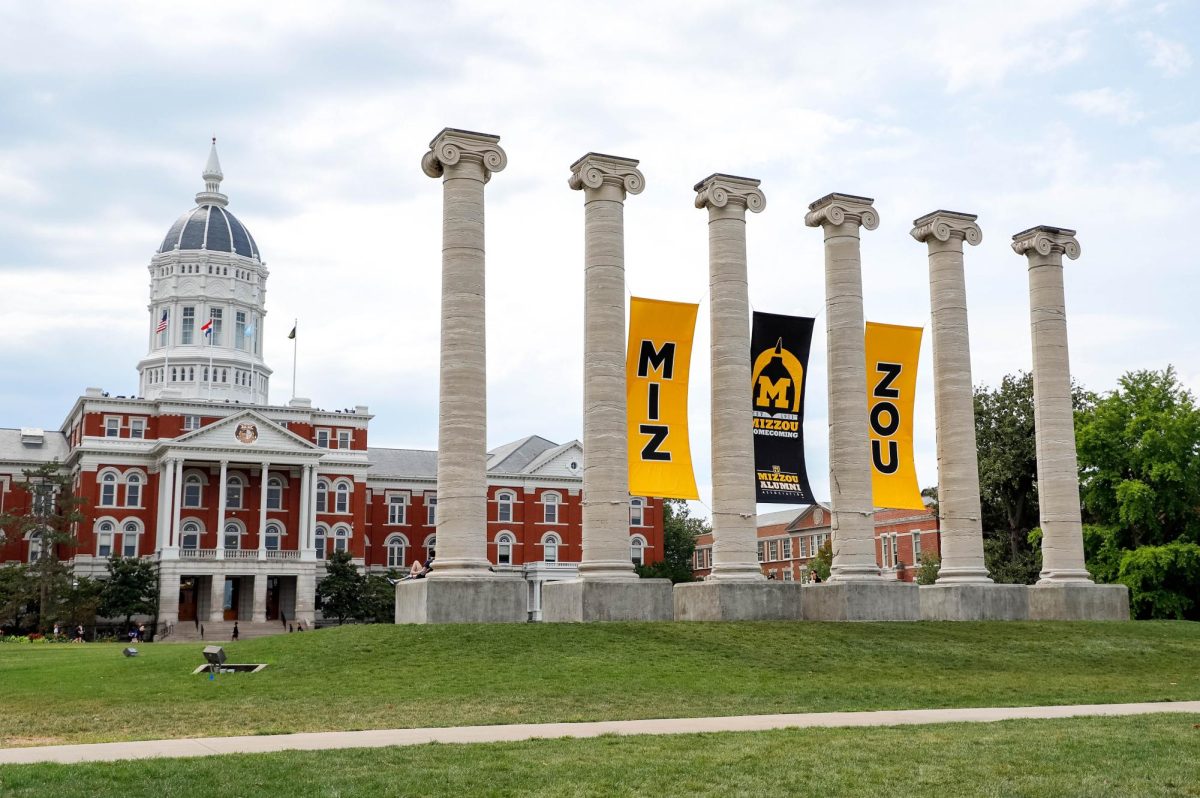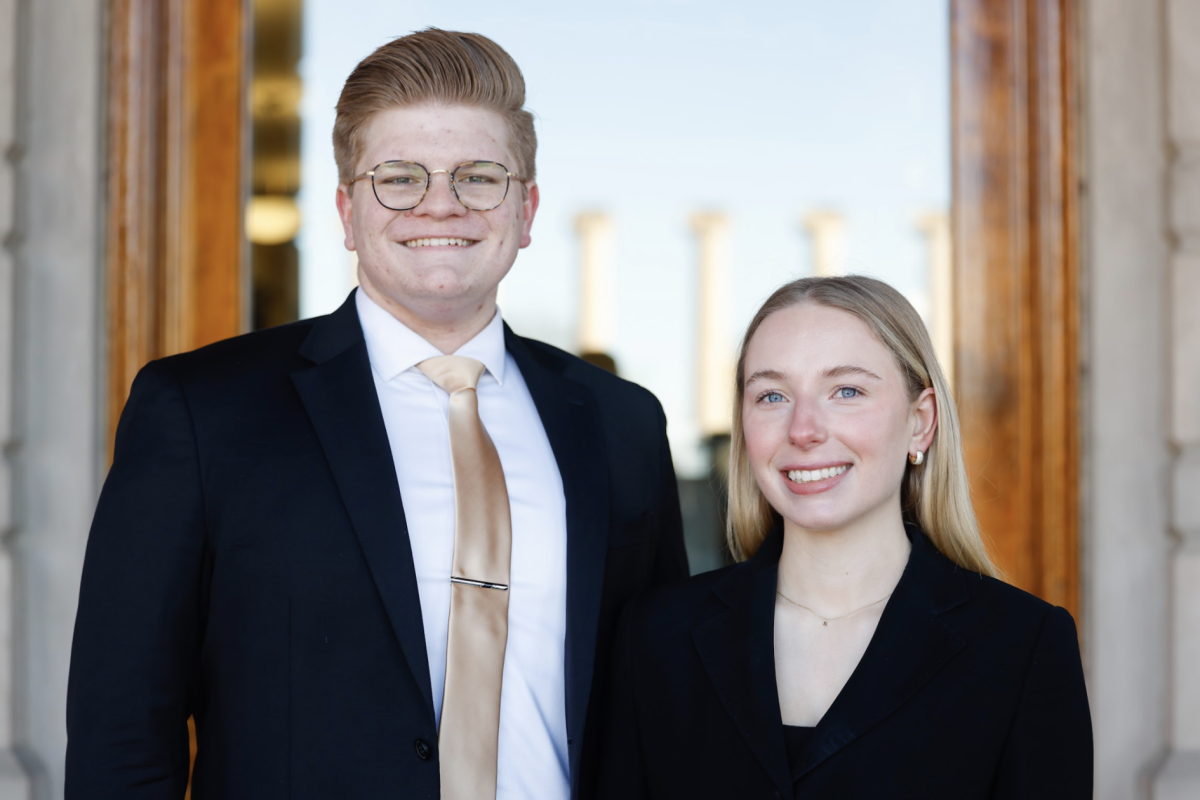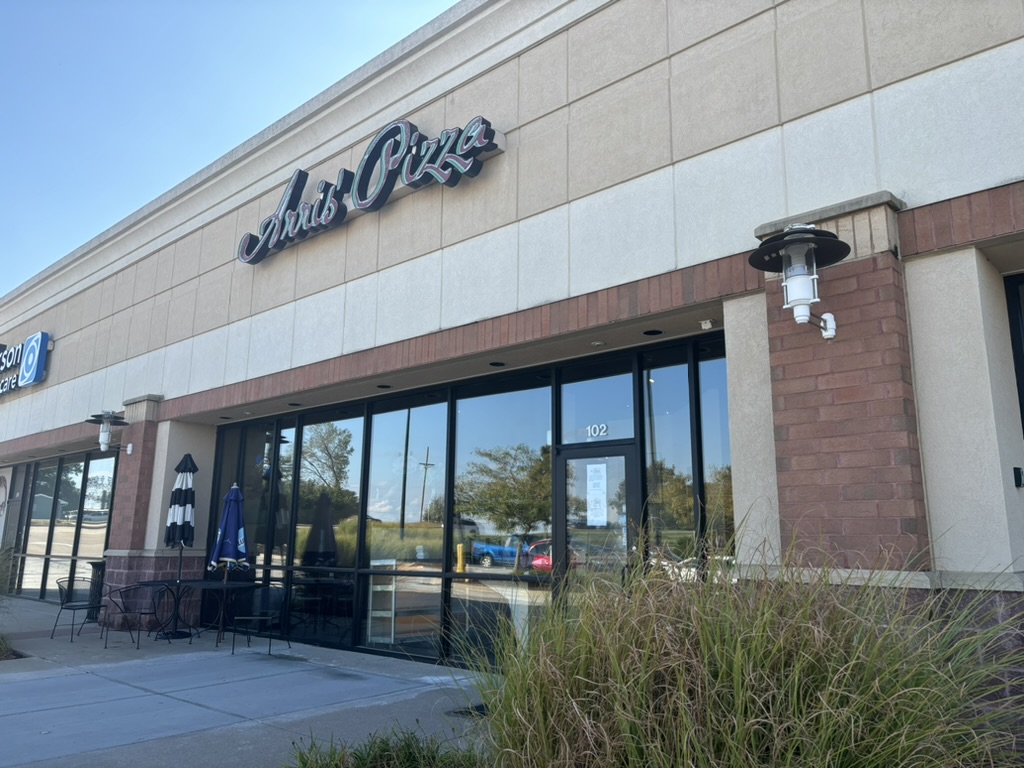A new radar system is currently being built for an MU research team, filling a gap in meteorological radar coverage in Missouri.
The radar is being funded through a National Science Foundation grant that is aimed at stimulating competitive research. It will be installed at the College of Agriculture, Food and Natural Resources’ South Farm Research Center and is currently slated to be completed during summer 2015.
Dr. Neil Fox, associate professor of atmospheric sciences, is leading the Department of Soil, Environmental and Atmospheric Sciences team that will use the radar. Fox said the radar will be used to study ways plants and crops change with the climate. He said he hopes to take the radar beyond research and implement the technology into his classes and even outside CAFNR.
“It is one project with lots of potential,” Fox said. “I’d like to have students actually using the radar for data and research projects … Researchers, undergraduate, graduate students, the city of Columbia can all get use from it. It can be used for more than meteorology.”
Graduate student Ryan Difani said he is one of the students expecting to use the radar when it arrives this summer. He said the new radar could increase the amount of meteorological events MU students can cover in the area. More specifically, Difani said he hopes to use the radar for his research.
“My project speaks to flooding and heavy rainfall, specifically,” Difani said.
While the radar will be physically stationed at the South Farm Research Center, students and staff can review the data from the radar from the main campus.
Difani said students using the radar must be 100 kilometers (62.1 miles) within the radar they are getting their information from to ensure sufficient, accurate data. Currently, the two radars closest to MU are in St. Louis and Kansas City.
Difani said the distance between Columbia and the radars can prevent MU students from gathering accurate information from local storms and other meteorological events.
The new radar will also benefit other researchers in other places with radar if an event were to occur midway between two places, Difani said.
“There could be in-between, or overlap, with two radars where we can compare data from our radar with another nearby to enhance data,” he said.
Fox said the new equipment could have benefits for research and students outside MU as well.
“It’s funded by the NSF, so the data must be public. Everyone has access to the data,” he said. “We could collaborate with UMKC, UMSL, SLU and Lincoln.”
Fox said the initial NSF grant will cover the radar’s operation through its first four to five years, after which the university will re-apply for the funding. He said he hopes additional funding will become more likely as the university finds new ways to use the radar and the data collected.
“We hope to demonstrate its value for teaching, researching and benefiting the community,” he said. “We want them (the NSF) to keep it going.”


